Farmed salmon sector has seen a 17-fold increase in green bonds and loans over the past two years
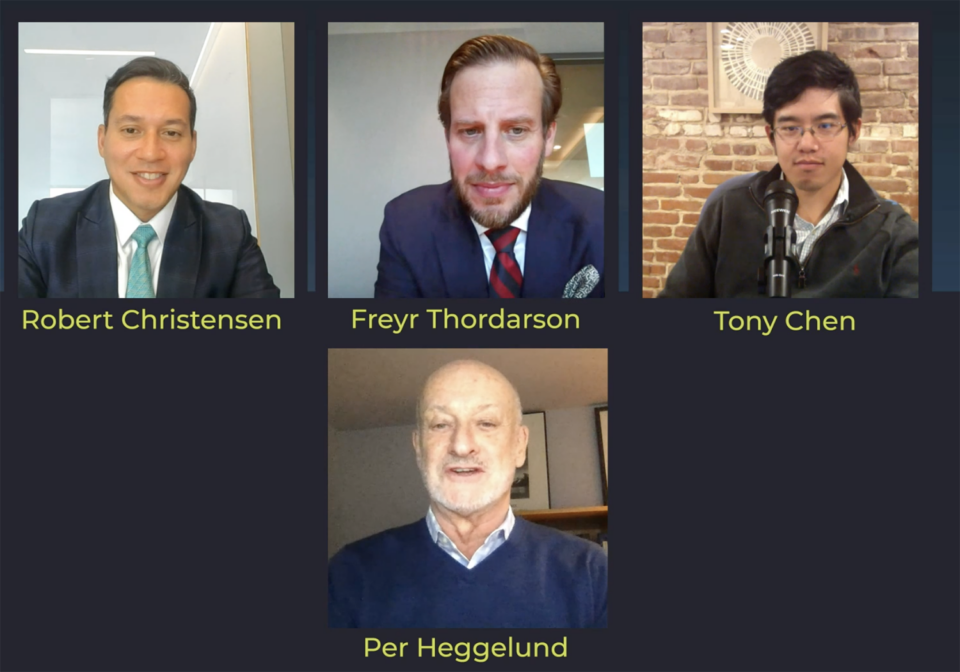
Thanks to a concerted effort on improving sustainability, the future of seafood looks greener – and that outlook extends to financing.
The role of green financing in fueling seafood’s transformation was discussed during the Global Seafood Alliance’s seventh virtual GOAL conference session on Thursday. Joined by banking representatives and industry experts, the session provided a status report on green debt financing in the salmon-farming sector, which has experienced a 17-fold increase in green bonds and loans over the past two years. Also discussed was a financial view of the sustainable bond market for seafood, which is a rapidly growing market.
GSA President George Chamberlain kicked off the session, discussing the “conundrum” the world currently faces: How can we meet the global demand for protein and deal with the climate crisis at the same time?
“Global food systems account for 25 percent of carbon emissions,” he said. “Seafood production systems will have to produce more with less.”
That reality has compelled “big changes” worldwide, with the European Union (EU) pledging to achieve net-zero emissions by 2050, the U.S. rejoining the Paris Agreement, and China launching a carbon trading market, to name a few.
‘We’re moving towards a new normal’
Oyumaa de Jong, associate-sustainable finance at Rabobank, briefly explained two main methodologies to integrate sustainability in financing.
The first type, “use-of-proceeds financing” (green/social/sustainable bonds or loans), involves the party borrowing the money pledging to spend the funds on eligible sustainable projects. Specifically, the proceeds are used to finance investments that are sustainably certified by an external party or are sustainable business activities, as defined in the sustainable finance framework.
The second type, “sustainability-linked financing” (sustainability-linked bonds or loans), takes an indicator-based approach: “With sustainability-linked financing, the party borrowing money can basically do whatever they want with the money, but they have to reach certain sustainability key performance indicators (KPIs) or reach certain ESG [environmental, social, governance] [indicators],” said de Jong.
In a nutshell, use-of-proceeds financing ties performance to “measuring the impact of what they’re going to do with the money,” whereas sustainability-linked financing ties performance to specific ESG or KPI indicators. Despite it being a relatively new product, De Jong said that she’s “seeing a big increase in sustainability-linked loans.”
“A lot of banks want to increase their green loans because they have to report their sustainability information,” said de Jong. “This has to do with the regulatory changes in the EU.”
Other sectors are also “waking up” to this type of financing. Many companies are tying sustainability to their loan or bond documentation due to reporting requirements. Moreover, it makes good business sense to advance a sustainability agenda.
“We’re moving towards a new normal where non-financial information [can] impact whether you’re financed,” said de Jong. “Companies doing nothing on sustainability are seen as risky and less profitable. If you already have these KPIs in place, then it’s relatively little work for you [to get financing].”
Data is a driver
Tony Chen, CEO and co-founder of Manolin – a software and data analytics company that builds disease detection models for aquaculture companies, mainly the Norwegian salmon sector – said there’s a fundamental element that’s powering green financing: data.
“[Data] has been a driver for green financing,” said Chen. “Tracking what’s happening gives [farmers] the ability to make those promises for the changes that they want to make. Farmers can put their money in the right spots.”
Chen points to annual green bond sustainability reporting for sustainable aquaculture, whereby farmers and companies are required to demonstrate how the numbers have changed for key performance indicators, such as increased certifications, decreased escapes, antibiotic use, and lice counts and improved survival rates.
“It’s all driven by data,” he said.
On the flip side, dealing with an avalanche of data is also a problem. Although the salmon industry is “very far ahead” in data collection, Chen argued that such assets need to be better leveraged.
“They have so much that data they don’t know what to do with it,” said Chen. “The data hasn’t been woven together.”
Overall, if data is extrapolated to global aquaculture, Chen said it offers an “opportunity for the rest of the world, especially smallholders.” Putting the data infrastructure in place puts companies on the fast track to financing. For instance, Mowi has been documenting its sustainability achievements for years, and with it obtaining a “Medium Green” label, it was permitted to issue green bonds.
“If you have been reporting on sustainability, you can do this process [of obtaining sustainable debt] in as quickly as in five to six weeks,” said panelist Robert Christensen, director of investment banking at DNB Markets. “The timeline is similar to a conventional bond transaction.”
Certification also helps to make a case. As panelist Per Heggelund said, consumers used to primarily define seafood quality by taste; but today, “the value includes many more attributes,” such as an origin story, digital traceability, and sustainable certification.
“Certifiability enables suppliers to obtain sustainable debt financing,” said Heggelund, a GSA strategic advisor and 40-year aquaculture industry veteran. “It’s enabled salmon farmers to obtain $6.2 billion for the industry.”
Shades of green
There was one topic that cut across presentation lines: the “phenomenal growth” in debt financing in green bonds and loans. In the past, the seafood industry has historically been financed by banks and not so much by the bond market. But looking at the sustainable bond market for seafood, things are starting to move. Sustainable bonds represent an increasing share of the total bond market, with Nordics leading the development.
Case in point: Almost 50 percent of sustainable bond issuance year-to-date is labeled green, with sustainability-linked bond volume eight times higher in 2021 than in 2020. The social bond volume has grown significantly as a response to the pandemic and the first seafood green bond issuer was Mowi last year.
“I don’t think that green or sustainable labeling will change the dynamics of this bank-market reliance,” said Freyr Thordarson, senior vice president of DNB Markets. “With the consolidation of the seafood industry, globally, I see more companies emerge as bond issuers as they grow and diversify their funding sources.”
For a company like Mowi, issuing a green bond signals value, demonstrating to investors that the organization has a sustainability vision. Although it’s “early days for the seafood market,” Thordarson said that an increasing number of green lenders are looking for sector diversification and to expect a “strong demand for seafood.”
But can all companies – even smallholders or family-owned operations – take advantage of green financing? Chen said: “undoubtedly yes.”
“From the data we collect, family-owned farms can surpass some of the [key performance indicators] required by lenders,” he said. “Larger companies put out [the number of certified farms] as a KPI, as far as how they’re monitoring sustainable practices. But family farms often have a much larger percentage and can meet and even surpass the [performance of larger companies].”
Likewise, small-scale companies may be at the beginning stages of their sustainability journey, but Christensen said that companies that aren’t the “greenest of the green” may nonetheless be favourable to investors.
“Sustainability-linked financing is broadening investor market,” he said. “Instead of having all these green projects in place over the life of the product, you want to see an improvement in a more sustainable business each year. The product will open up opportunities for players who haven’t qualified for green financing.”
To view this GOAL session and all the others, please visit our conference platform.
Follow the Advocate on Twitter @GSA_Advocate
Now that you've reached the end of the article ...
… please consider supporting GSA’s mission to advance responsible seafood practices through education, advocacy and third-party assurances. The Advocate aims to document the evolution of responsible seafood practices and share the expansive knowledge of our vast network of contributors.
By becoming a Global Seafood Alliance member, you’re ensuring that all of the pre-competitive work we do through member benefits, resources and events can continue. Individual membership costs just $50 a year.
Not a GSA member? Join us.
Author
-
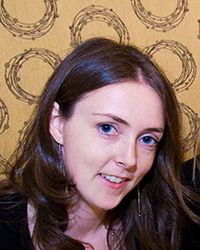
Lisa Jackson
Associate Editor Lisa Jackson lives in Hamilton, Ontario, Canada. Her work has been featured in Al Jazeera News, The Globe & Mail, The Independent, and The Toronto Star.
Tagged With
Related Posts
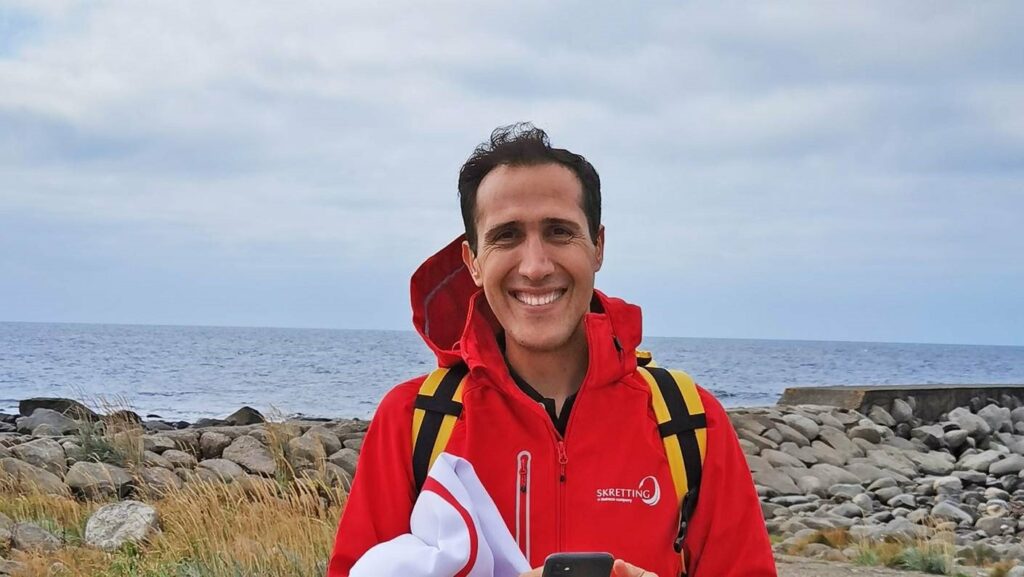
Responsibility
‘Do more and do better’ – Sustainability manager discusses Skretting’s ambitious agenda
Aquafeed giant Skretting recently appointed Jorge Diaz as its sustainability manager to advance its ambitious sustainability agenda.
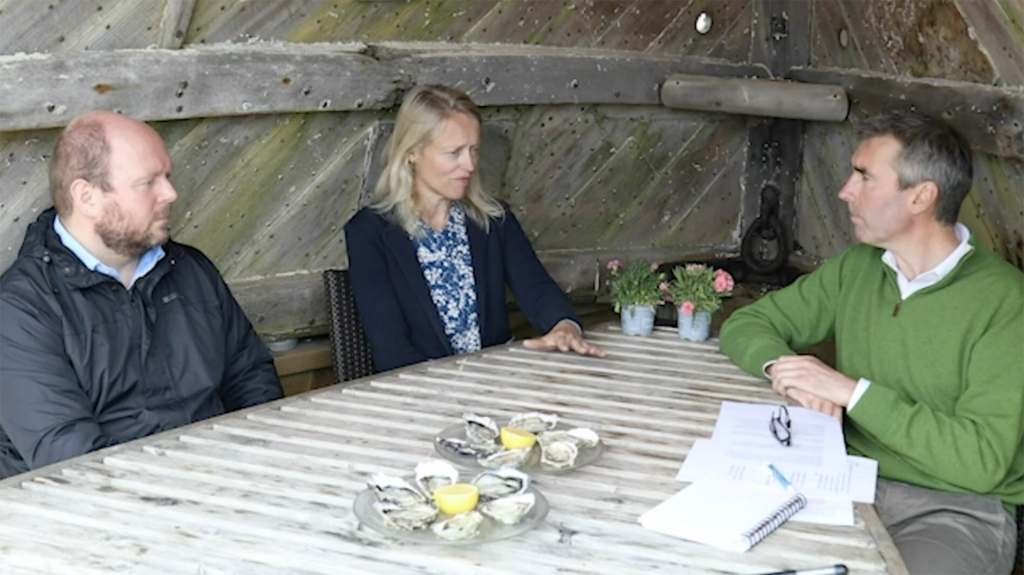
Aquafeeds
GOAL 2021: With animal feeds under scrutiny, aquaculture can make a strong claim
The true cost of aquafeed and feed ingredients goes beyond dollars, said presenters during GSA’s virtual GOAL session on animal feed production.
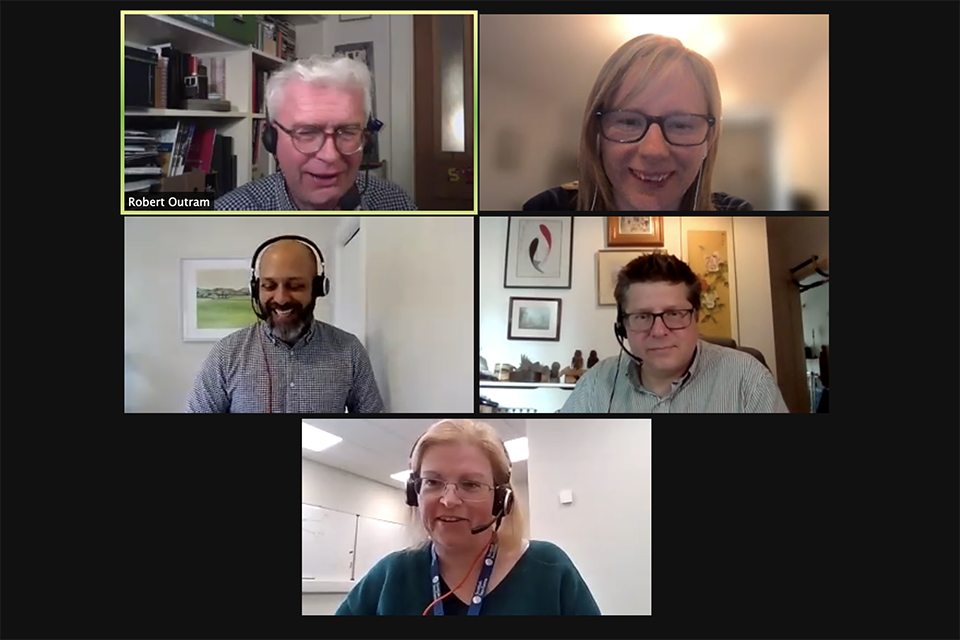
Responsibility
Experts discuss climate change threats to aquaculture
How will climate change impact the aquaculture sector? Expert panelists discuss impacts to insurance and how data is driving decision-making.
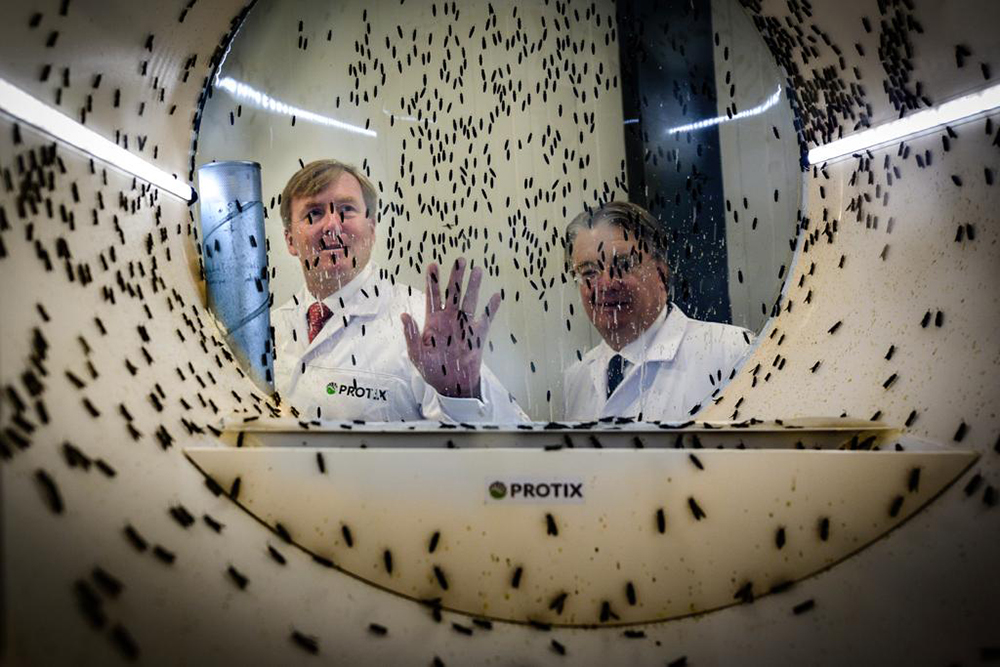
Aquafeeds
World’s largest fly factory attracting investors eyeing aquafeed expansion
A high-capacity black soldier fly factory puts Protix in position to ramp up production. Investors explain why they’re betting on the sector’s success.


